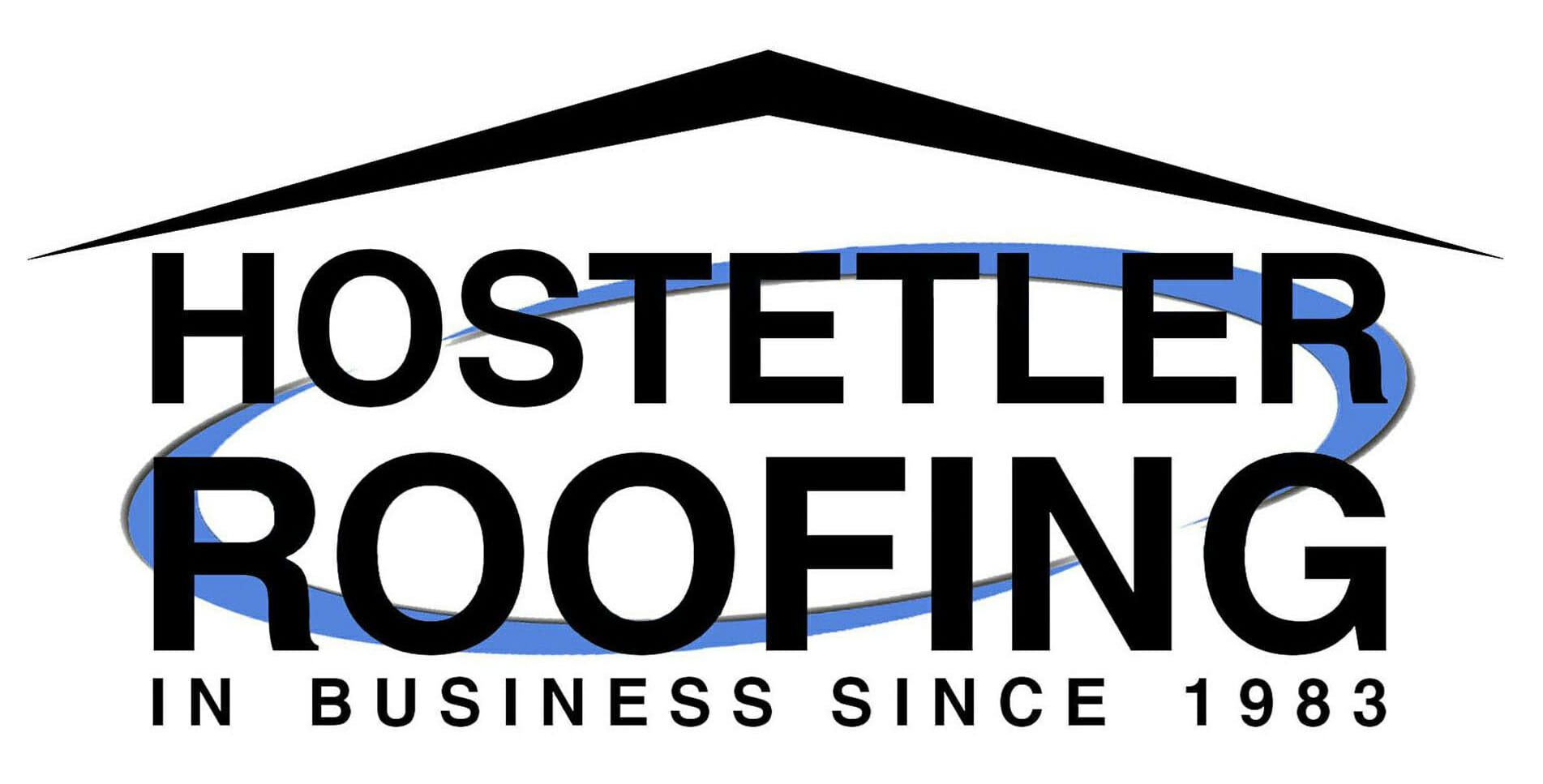If you’re planning to replace your shingle roof or even patch it, there’s one layer of protection you may not see but absolutely shouldn’t overlook: roof underlayment.
At Hostetler Roofing, we’ve been installing and repairing shingle roofs across Nashville, Arkansas and the ArkLaTex region since 1983. One thing we’ve learned over the years? The type of underlayment you choose can make a big difference in how long your roof lasts and how well it performs, especially in our humid, storm-prone climate.
In this blog, we’ll explain what underlayment is, why it matters, and compare the three most common types to help you decide which one is right for your home.
What Is Roof Underlayment?
Roof underlayment is the protective barrier that sits between your roof deck (the wood framing) and the outer layer of asphalt shingles. It’s your roof’s second line of defense against moisture, wind, and weather damage.
Even the best-installed shingles can lift during high winds, and nail holes or overlaps can leave tiny gaps. That’s where the underlayment comes in, it helps keep water from soaking into your decking and causing rot, mold, or structural damage.
In other words: if shingles are the armor, the underlayment is the chainmail.
Why Underlayment Is Especially Important in Arkansas
Here in Arkansas, we deal with all kinds of weather, heavy rain, high winds, hailstorms, and summer heat. A good underlayment:
- Helps protect your roof deck during storms
- Adds a layer of fire resistance (depending on the type)
- Prevents leaks from ice dams or wind-driven rain
- Helps your roof meet local building codes and insurance standards
It’s not just a technical requirement, it’s real protection for your home and investment.
Types of Roof Underlayment for Shingle Roofs
There are three main types of underlayment used for asphalt shingle roofing. Each has its pros, cons, and best-use cases.
1. Asphalt-Saturated Felt (a.k.a. “Felt Paper” or “Tar Paper”)
This is the traditional choice. Made of organic paper or fiberglass soaked in asphalt, felt underlayment has been used for decades.
Pros:
- Affordable
- Provides temporary waterproofing
- Breathable (lets moisture escape)
Cons:
- Tears more easily during installation or in high winds
- Can wrinkle or absorb water if left exposed
- Not as durable as newer options
Our Take:
We still use felt for budget-conscious jobs or where building codes allow. It’s a step up from nothing but it’s not our first pick for homes that need long-term performance.
2. Synthetic Underlayment
Made from polypropylene or polyethylene, synthetic underlayment has become the new standard for many shingle roof installs.
Pros:
- Stronger and tear-resistant
- Lightweight and easier to install
- Resistant to mold and UV damage
- Can be left exposed longer than felt
Cons:
- Slightly more expensive than felt
- Can be slippery when walked on (though most are textured)
Our Take:
Synthetic underlayment is what we recommend for most residential shingle roofs here in Arkansas. It handles our climate better, holds up longer, and adds real value to your roof system.
3. Peel-and-Stick (Self-Adhering) Underlayment
This underlayment comes with a sticky backing that adheres directly to the roof deck, creating a watertight seal.
Pros:
- Excellent waterproofing—no nails needed
- Ideal for valleys, eaves, and vulnerable areas
- Great for ice dam protection (in colder regions)
- Often required in high-wind or storm zones
Cons:
- More expensive than other types
- Difficult to remove once installed
- Not always necessary for full-roof coverage
Our Take:
We often use peel-and-stick underlayment in critical areas like roof valleys, around skylights, chimneys, and along eaves. It’s part of a solid water management plan. While we don’t usually recommend it for full roof coverage (unless you’re in a high-risk area), it pairs perfectly with synthetic underlayment in a layered system.
Which Roof Underlayment Is Best?
It depends on your specific needs, but here’s a general guide:
| Situation | Best Underlayment Choice |
| Standard residential re-roofing | Synthetic underlayment |
| Budget-conscious repair | Asphalt-saturated felt |
| Storm-prone or vulnerable roof sections | Peel-and-stick + synthetic mix |
| High-pitch or walkable roof | Synthetic with slip resistance |
When we inspect your roof, we’ll recommend the combination that gives you the best performance without overspending.
How Much Does Roof Underlayment Cost?
Here’s a rough cost breakdown (materials only):
- Felt underlayment: $0.15–$0.30 per square foot
- Synthetic underlayment: $0.25–$0.50 per square foot
- Peel-and-stick underlayment: $0.50–$1.00+ per square foot
Labor, roof shape, and project size all affect the final cost. But we always provide upfront, transparent estimates so you know what you’re paying for.
Let’s Choose the Right Underlayment for Your Roof
At Hostetler Roofing, we don’t believe in one-size-fits-all. Every roof has different challenges—from Arkansas heat to storm damage to ventilation issues.
When you call us for a free roof inspection, we’ll evaluate your entire system and recommend an underlayment that gives you the best protection for your budget and building type.
Call us today at (870) 557-4797 to schedule your inspection. We’re your trusted roofing contractor in Nashville, Arkansas and throughout the ArkLaTex area, offering smart, reliable solutions since 1983.
You May Also Like To Read: Emergency Roof Tarping: What is it?

